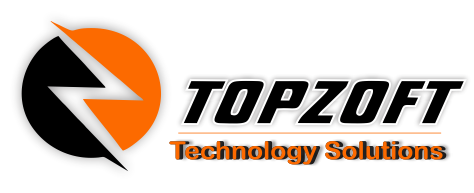Introduction:
Pay-Per-Click (PPC) advertising has revolutionized the way businesses reach and engage with their target audience online. By allowing advertisers to bid on keywords and pay only when their ads are clicked, PPC offers a cost-effective and measurable way to drive traffic, generate leads, and increase sales. However, to maximize ROI and achieve sustainable growth with PPC advertising, businesses must employ strategic tactics and best practices. In this guide, we explore strategies for maximizing ROI with PPC advertising, helping you unlock the full potential of your campaigns and drive tangible results.

1. Define Clear Goals and KPIs:
Before launching a PPC campaign, it’s essential to define clear goals and key performance indicators (KPIs) to measure success. Whether your objective is to increase website traffic, generate leads, or drive sales, having clearly defined goals will guide your campaign strategy and help you track progress over time. Align your goals with specific KPIs such as click-through rate (CTR), conversion rate, cost per acquisition (CPA), and return on ad spend (ROAS) to ensure that your campaigns are driving measurable results.
2. Conduct Thorough Keyword Research:
Keyword research is the foundation of a successful PPC campaign, as it determines the relevance and visibility of your ads to potential customers. Conduct thorough keyword research to identify relevant keywords and phrases that align with your business objectives and target audience’s search intent. Use keyword research tools like Google Keyword Planner, SEMrush, or Ahrefs to discover high-volume keywords, long-tail variations, and competitive insights that can inform your campaign strategy.
3. Optimize Ad Copy and Landing Pages:
Compelling ad copy and optimized landing pages are crucial for driving conversions and maximizing ROI with PPC advertising. Craft attention-grabbing headlines, persuasive ad copy, and clear calls-to-action (CTAs) that resonate with your target audience and entice them to click on your ads. Ensure that your landing pages are relevant, user-friendly, and optimized for conversion, with compelling messaging, engaging visuals, and intuitive navigation to guide visitors towards your desired action.
4. Implement Targeted Audience Segmentation:
Audience segmentation allows you to tailor your PPC campaigns to specific audience segments based on demographics, interests, behavior, and other criteria. By targeting ads to relevant audience segments, you can deliver more personalized and relevant messaging that resonates with users and drives higher engagement and conversion rates. Leverage audience targeting options available on PPC platforms like Google Ads and Facebook Ads to reach the right audience with the right message at the right time.
5. Monitor Performance and Optimize Continuously:
Continuous monitoring and optimization are essential for maximizing ROI and driving long-term success with PPC advertising. Track key performance metrics such as CTR, conversion rate, and ROAS on a regular basis to identify trends, patterns, and areas for improvement. Experiment with different ad creatives, targeting options, and bidding strategies to optimize performance and achieve better results over time. By staying agile and responsive to changes in the PPC landscape, you can adapt your campaigns to maximize ROI and stay ahead of the competition.
6. Test, Learn, and Iterate:
Testing is a critical component of PPC advertising, allowing you to identify what works best for your audience and refine your strategy accordingly. Conduct A/B tests and multivariate tests to compare different ad creatives, landing page designs, and targeting options to determine which combinations drive the highest performance. Analyze test results, extract insights, and apply learnings to optimize future campaigns for maximum ROI. By continuously testing, learning, and iterating, you can fine-tune your PPC strategy and achieve better results over time.
Conclusion:
Maximizing ROI with PPC advertising requires strategic planning, diligent execution, and continuous optimization. By defining clear goals and KPIs, conducting thorough keyword research, optimizing ad copy and landing pages, implementing targeted audience segmentation, monitoring performance, and continuously testing and iterating, businesses can unlock the full potential of their PPC campaigns and drive tangible results.
As you navigate the world of PPC advertising, remember to stay informed about industry trends, leverage available tools and resources, and stay agile in response to changes in the digital landscape. With a strategic approach and commitment to optimization, PPC advertising can be a powerful driver of growth and profitability for your business.



